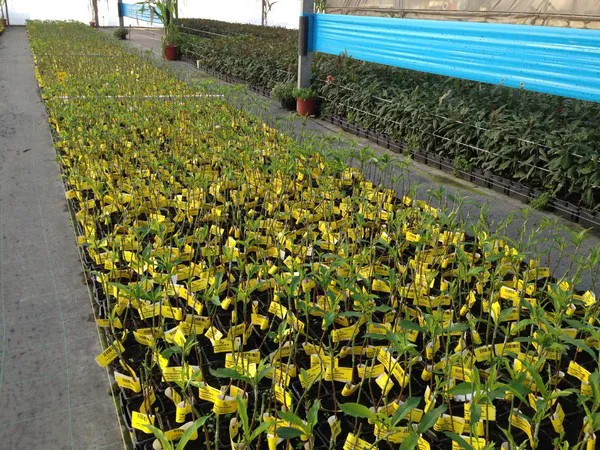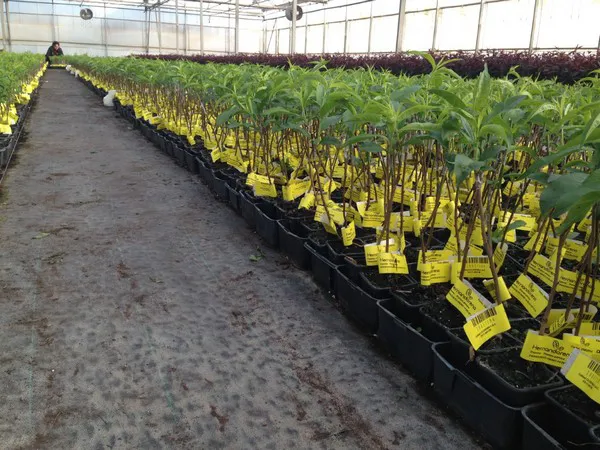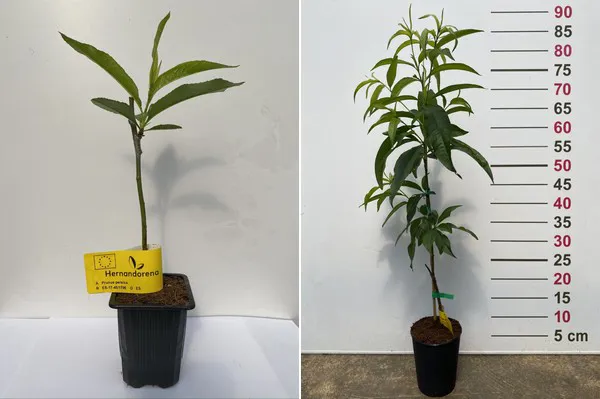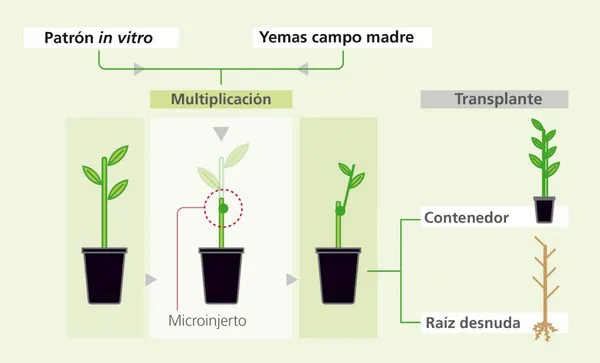The profitability of stone fruit is quite high this year after several difficult campaigns in a row. There is a lower supply, both due to the reduction in the acreage and, above all, the drop in the production as a result of climatic adversities in all producing areas.

"Prices are very attractive, especially for those who have not been as affected by the losses or those who have a greater commercial infrastructure," says Rosa Hernandorena, commercial director of Viveros Hernandorena. "At times, there have even been stock shortages for some stone fruit species due to strong demand and a low supply," she says.
According to Rosa Hernandorena, this situation is motivating some fruit companies to re-invest in renovating part of their plantations with new varieties or even expanding them. “Despite the restrictions that we've had to implement for the visits to our catalog field, the demand for seedlings is on the rise after at least 4 years with hardly anything being planted. We are starting to receive orders, especially for nectarine plants and, to a lesser extent, Paraguayo peach plants. Meanwhile, the situation of apricots, peaches and plums remains somewhat stagnant. There are more producers renovating plots and even expanding their plantations.”

According to the commercial director of this Valencian company, producers are mainly betting on already consolidated varieties, since the many consecutive bad campaigns have left them with no desire to take risks. “At a commercial level, producers are looking for more specific species and varieties to fill gaps in each production area. Extra early varieties used to be the most popular in previous years, but now most prefer to be able to start planting from mid-May, as the fruit will then have higher brix, greater consistency, size and flavor, while also offering higher yields. The sector is experiencing a revolution in the search for flavor, which has become fundamental for those investing in new varieties. The entire value chain, from breeders and nurseries to producers, marketers and large retailers, are involved in this."

Tables of results of fruit varieties of 2020 and 2019
By clicking on this link you can see the tables of results of the new varieties in the catalog of Viveros Hernandorena of 2020. These feature data on Brix degrees and penetrometry, which is information of great interest to producers and marketers.
By clicking on this link you will find the results for the year 2019.
The nursery is now carrying out the summer micro-grafts to be able to fulfill the orders, which are tailored to the needs of each client, depending on the quantity, variety and patterns they choose. “The advantage that this has is that we carry out the grafts using plant material from our mother plant fields, and in a short period of time we have the plant ready following a closely-monitored production system. What we graft now in July and August is intended for the fall and winter planting projects. It is a safe and fast multiplication system that allows us to meet the needs of each client upon request.”

"We also highlight the use of certified hybrid standards and one-liter pots with coconut fiber, a very healthy inert medium, as well as slow-release fertilizer, which allows for a good development of the plant," says Rosa Hernandorena.
